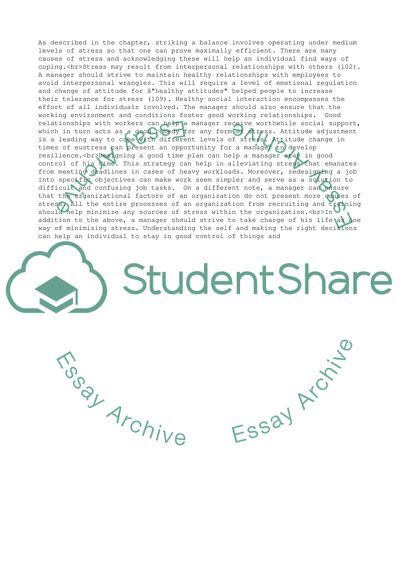Cite this document
(LM2 Assignment Example | Topics and Well Written Essays - 2000 words - 1, n.d.)
LM2 Assignment Example | Topics and Well Written Essays - 2000 words - 1. https://studentshare.org/management/1793772-lm2
LM2 Assignment Example | Topics and Well Written Essays - 2000 words - 1. https://studentshare.org/management/1793772-lm2
(LM2 Assignment Example | Topics and Well Written Essays - 2000 Words - 1)
LM2 Assignment Example | Topics and Well Written Essays - 2000 Words - 1. https://studentshare.org/management/1793772-lm2.
LM2 Assignment Example | Topics and Well Written Essays - 2000 Words - 1. https://studentshare.org/management/1793772-lm2.
“LM2 Assignment Example | Topics and Well Written Essays - 2000 Words - 1”. https://studentshare.org/management/1793772-lm2.


